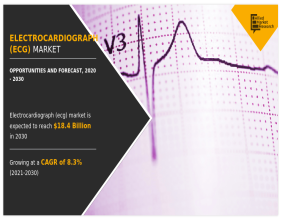Highlights:
Over the past year, significant insider selling occurred at Standard Chartered PLC, raising shareholder concerns.
The largest insider transaction involved Simon Cooper, who sold shares valued at approximately UK£9.6 million, representing 98% of his holdings.
Insider ownership stands at around UK£35 million, accounting for 0.2% of the company, suggesting some alignment between management and smaller shareholders.
In the last year, Standard Chartered PLC (LSE:STAN) witnessed substantial insider selling, which has attracted the attention of shareholders. While insider transactions can provide valuable insights, it is essential to approach them with caution, particularly when evaluating the motivations behind insider sales.
The most notable insider sale was made by Simon Cooper, who sold shares worth around UK£9.6 million at approximately UK£6.50 per share. This transaction took place at a price lower than the current market value of UK£8.38, indicating that the insider may have viewed this lower price as fair. Such a sale raises questions about the insider's perspective on the stock's higher valuation. It is important to note, however, that there could be various reasons behind an insider's decision to sell shares, making it difficult to draw definitive conclusions about their outlook on the stock price. Notably, Cooper also engaged in insider buying, acquiring shares valued at UK£1.6 million.
Over the past year, insiders at Standard Chartered acquired shares totaling UK£1.6 million while selling a more substantial 1.73 million shares, valued at approximately UK£12 million. This trend of more selling than buying among insiders may concern some shareholders.
When assessing insider ownership, it is observed that Standard Chartered insiders hold approximately UK£35 million worth of shares, equating to 0.2% of the company. While this level of insider ownership is not particularly high, it does indicate some alignment between management's interests and those of smaller shareholders.
In summary, while the recent lack of insider transactions may not raise immediate alarm, the overall pattern of insider selling over the past year could be seen as a cautionary sign. It is advisable for shareholders to remain informed about the risks associated with the company, including one significant warning sign that warrants attention.





